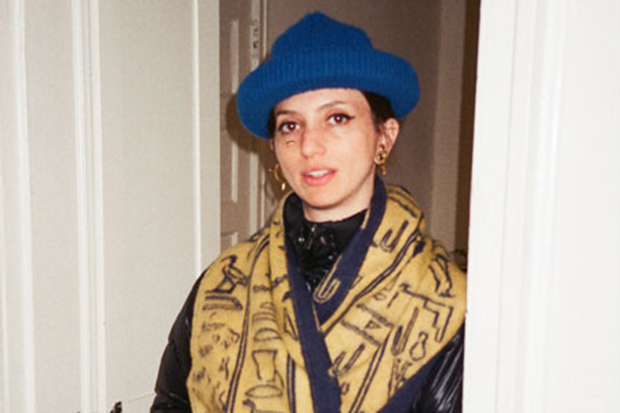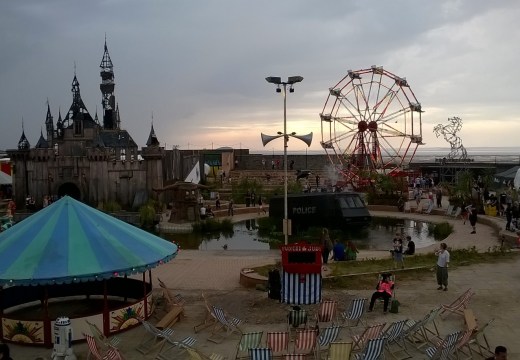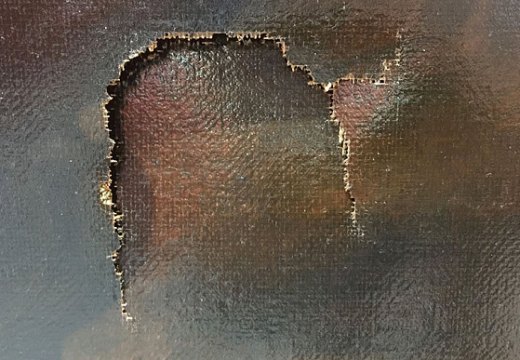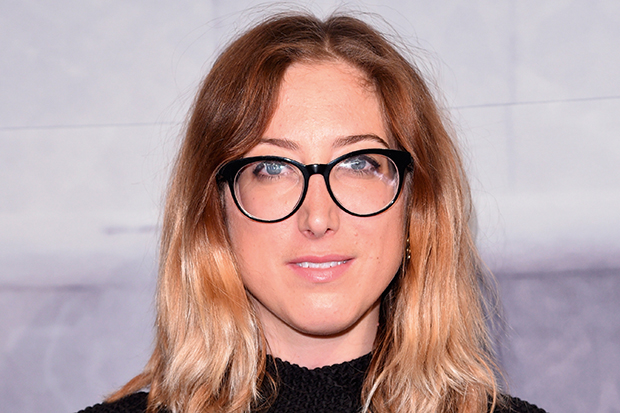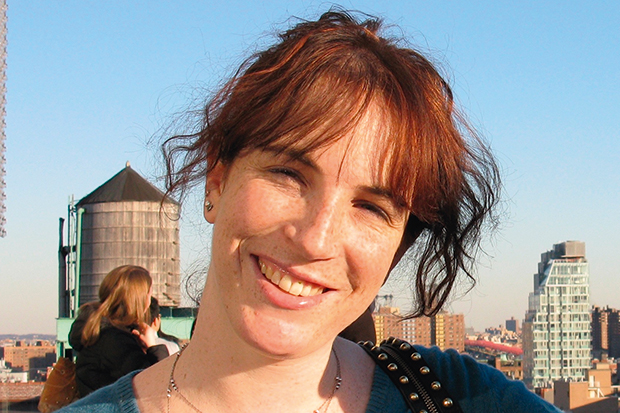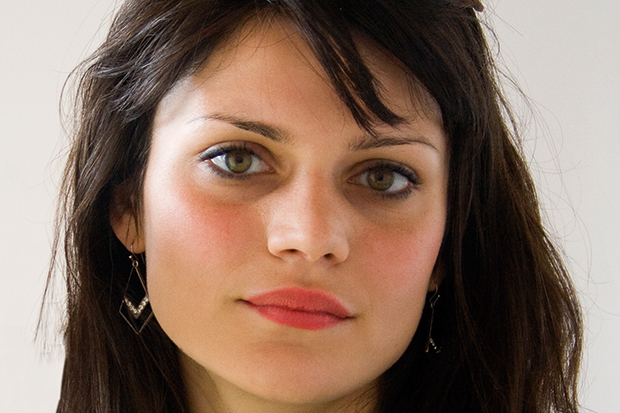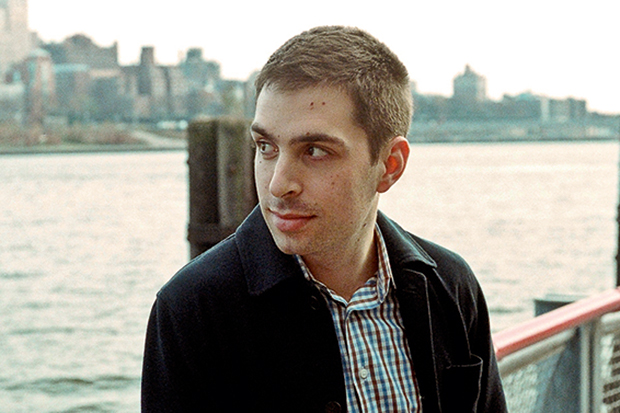Born in San Francisco, Auerbach studied fine art at Stanford and has been based for the past seven years in New York, where she is represented by the blue-chip yet cerebral Paula Cooper Gallery (she will stage her second exhibition there in January 2016). ‘I tend to stay in places for long periods’, she explains. ‘I’ve lived in the same apartment and worked in the same studio since I came to New York. I’m just about to move studios though, and I’m really ready for the change.’
A readiness to change direction has become a hallmark of Auerbach’s art – whether it involves weaving patterned canvases, rearranging the entire Bible as an alphabetical screed of letters, or designing sets and costumes for choreographer Wayne McGregor at the Royal Ballet in London. If Auerbach’s instincts are in any way careerist, she disguises them successfully. Art, she suggests, has always been an indelible aspect of her life, and her desire to become an artist ‘was just a fact for as long as I can remember – I’ve always processed being in the world by making things’.
She is less sanguine about the rat-race of the art world, and the art market in particular (a Fold painting sold last October for a record $1,515,877). On the competitiveness of the scene, she comments: ‘The main problem with comparing yourself to other people is that it’s distracting. And that’s attention that could be put to better use. I notice that it often turns sour where people are wanting other people to fail.’ As for commerce – inevitably invoked as a demarcation of success – she declines to dwell on the subject, beyond hinting at a genuine frustration with its dominance: ‘The market is way too big a part of the discussion, and it’s incredibly stifling.’
Auerbach’s self-determination – an attribute that has been linked to her West Coast roots – takes her far beyond the bubble of contemporary art in a way that is rare for young artists, let alone older ones: ‘I don’t socialise in the art world that much. I have a lot of friends who do other things, and I like being in their worlds too. I feel relatively sane most of the time, so something about this must be working for me.’ She is currently concentrating on the Diagonal Press, a publishing company she created in 2013 to produce artists’ books and editions, and on a collaboration with mathematicians Erik and Martin Demaine at MIT: ‘We’re making an unfolding font and a geometric model of a theoretic shape I’ve been wanting to visualise.’
Much of the writing on Auerbach’s work fixates on the rarefied systems and polymathic concepts underpinning it. And yet she insists that ‘art that acts only on your mind is pretty lacking. Things like colour choices are evocative on the non-cerebral level – these are decisions I make with my viscera, and put them into a physical form to communicate with your viscera. This is the level on which something becomes a little bit magical if it resonates. And it’s more important to me than any theory, system or discrete idea.’
Perhaps what she shares with scientists above all else is a love of testing systems to their limits through trial and error – a willingness to construct, test and dismantle hypotheses and credos: ‘I feel like I’m constantly revising my thinking and disagreeing with my old self,’ she admits. ‘So in some way all my previous thoughts are failures. And this will probably continue my whole life. Or at least, I hope so.’
James Cahill
Unlimited access from just $16 every 3 months
Subscribe to get unlimited and exclusive access to the top art stories, interviews and exhibition reviews.

